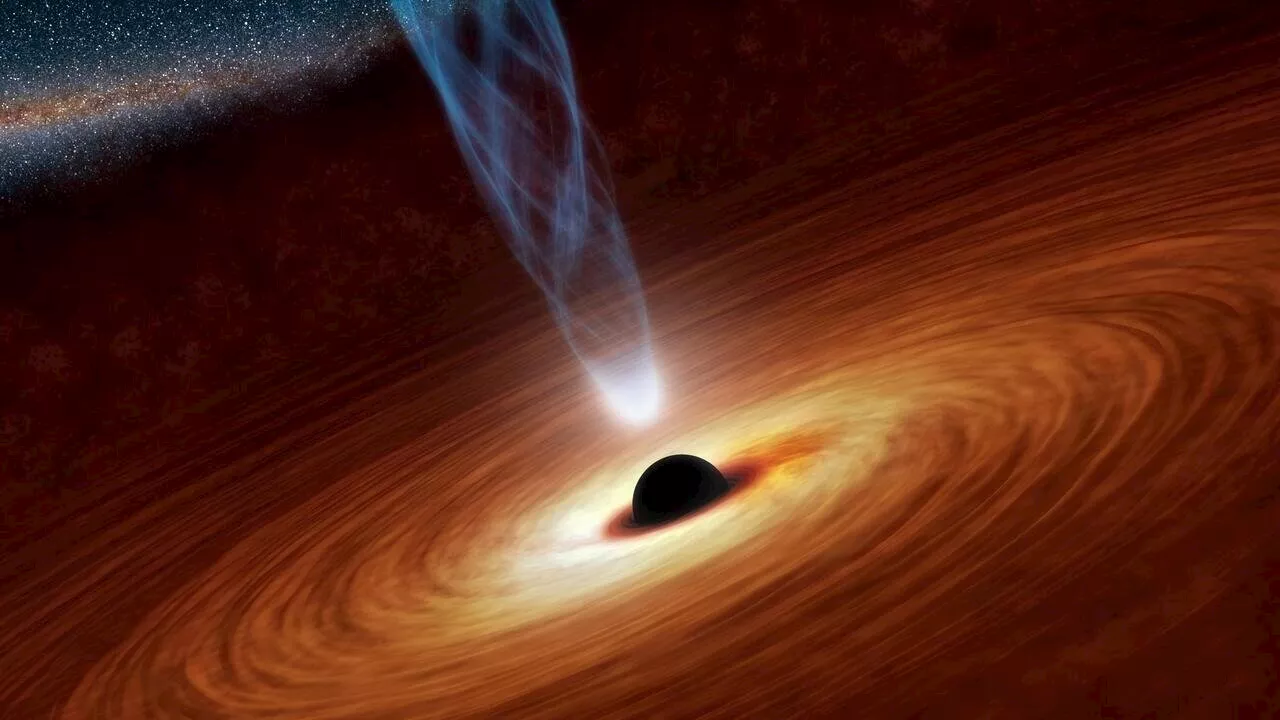A “kugelblitz” is a black hole made of concentrated electromagnetic energy. But it’s not possible to make one, according to new calculations.
Black holes can’t be formed from pure light. Quantum physics would curb their creation under any foreseeable conditions, a new study suggests.
A black hole formed from electromagnetic energy — that is, light — is called a kugelblitz. That concept has been jangling around in physicists’ brains for decades. But actually producing a kugelblitz Physical Review Letters In recent years, science fiction writers have picked up the kugelblitz mystique and run with it. Fans of the Netflix show may be familiar with the term, which is German for “ball lightning.” In season 3, a kugelblitz In general relativity, gravity results from matter curving spacetime. If enough mass is packed into one region, the spacetime can curve so dramatically that it forms a region within which it’s impossible to escape — a black hole.
That’s because of a quantum effect that occurs when electromagnetic energy is highly concentrated. According to the well-verified theory of quantum electrodynamics, when light reaches those extremes, pairs of particles and antiparticles begin to form. Those particles — electrons and their positively charged antimatter partners, positrons — would escape the region, taking energy with them. That prevents the energy from reaching the levels needed to form a black hole.
United States Latest News, United States Headlines
Similar News:You can also read news stories similar to this one that we have collected from other news sources.
 Crowned | POPSUGARStories that center Black experiences, amplify Black voices, and celebrate Black joy.
Crowned | POPSUGARStories that center Black experiences, amplify Black voices, and celebrate Black joy.
Read more »
 Turning infrared light visible: New device uses 2D material to up-convert infrared lightThe human eye can only see light at certain frequencies (called the visible spectrum), the lowest of which constitutes red light. Infrared light, which we can't see, has an even lower frequency than red light.
Turning infrared light visible: New device uses 2D material to up-convert infrared lightThe human eye can only see light at certain frequencies (called the visible spectrum), the lowest of which constitutes red light. Infrared light, which we can't see, has an even lower frequency than red light.
Read more »
 Shining a light on molecules: L-shaped metamaterials can control light directionPolarized light waves spin clockwise or counterclockwise as they travel, with one direction behaving differently than the other as it interacts with molecules.
Shining a light on molecules: L-shaped metamaterials can control light directionPolarized light waves spin clockwise or counterclockwise as they travel, with one direction behaving differently than the other as it interacts with molecules.
Read more »
 Quantum effects forbid the formation of black holes from high concentrations of intense light, say physicistsFor the last seven decades, astrophysicists have theorized the existence of 'kugelblitze,' black holes caused by extremely high concentrations of light.
Quantum effects forbid the formation of black holes from high concentrations of intense light, say physicistsFor the last seven decades, astrophysicists have theorized the existence of 'kugelblitze,' black holes caused by extremely high concentrations of light.
Read more »
 Documentary 'The Debutantes' shines a light on cotillions as a celebration of Black GirlhoodIsabel Yip is an intern for NBC News.
Documentary 'The Debutantes' shines a light on cotillions as a celebration of Black GirlhoodIsabel Yip is an intern for NBC News.
Read more »
